White Rice Overview
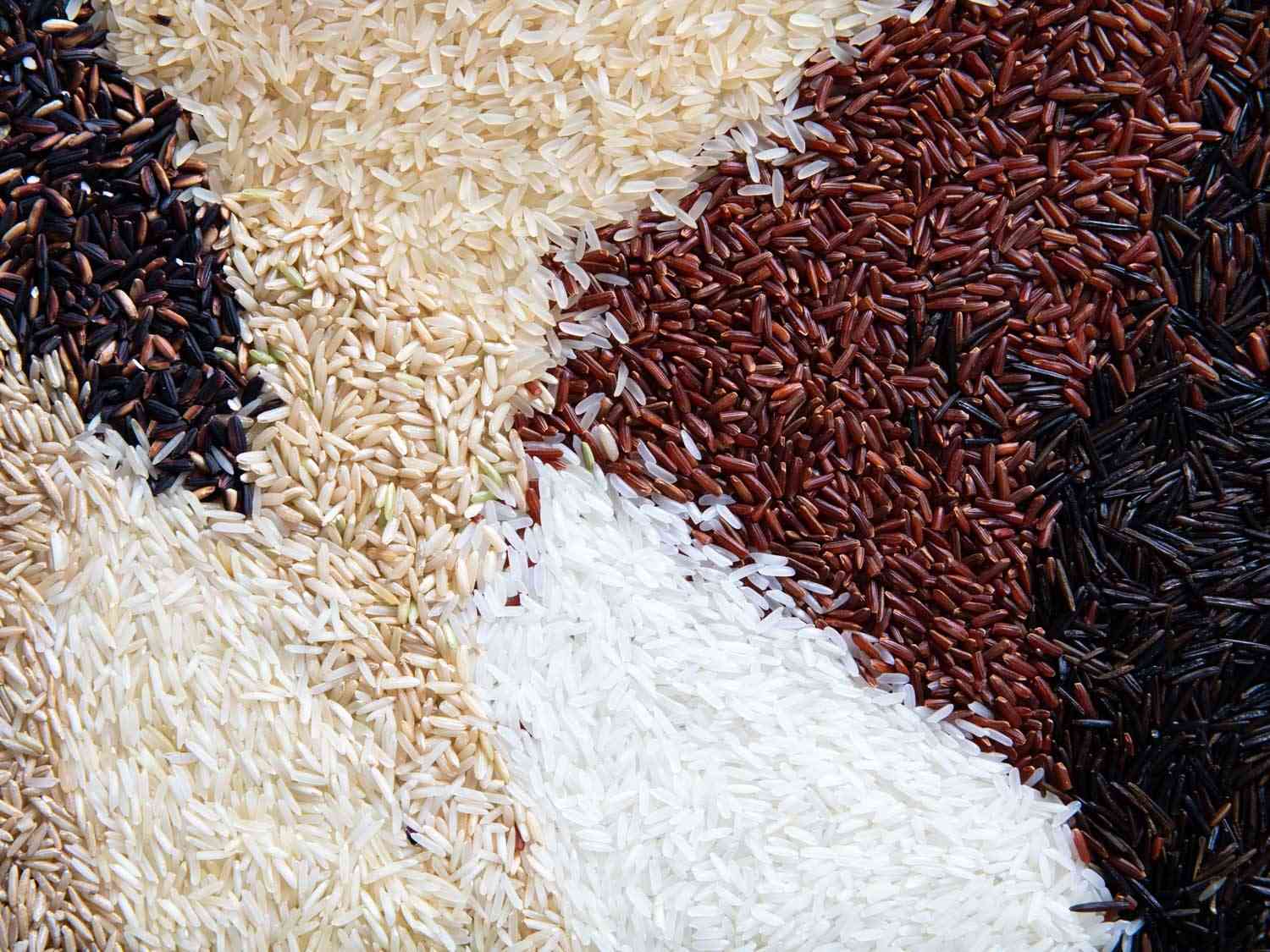
White rice is a popular and widely consumed grain variety. It is the refined version of rice, where the outer layer, bran, and germ are removed during the processing. This results in a grain that has a lighter color and a softer texture compared to other varieties. White rice is a staple in many cuisines around the world and is known for its versatility in various dishes. It provides a good source of energy and is low in fat. However, it is important to note that white rice has a lower nutritional value compared to other types of rice.
White Rice Nutritional Value
White rice is a popular grain, but it has lower nutritional value compared to other varieties. It is primarily a source of carbohydrates and provides energy to the body. However, it is low in fiber, vitamins, and minerals due to the removal of the bran and germ during processing. While it lacks some nutrients, it is still a good option for quick energy. To enhance the nutritional value, consider pairing it with protein-rich foods and adding vegetables or legumes to your meals.
White Rice Cooking Methods
White rice can be cooked using various methods, depending on personal preference and desired results. The most common method is the absorption method, where the rice is simmered in a measured amount of water until all the liquid is absorbed. Another popular method is the rice cooker, which provides a convenient way to cook rice with minimal effort. Boiling and steaming are also viable options for cooking white rice. It is important to follow the recommended cooking times and ratios of rice to water to ensure the perfect texture and doneness.
Wild Rice Overview
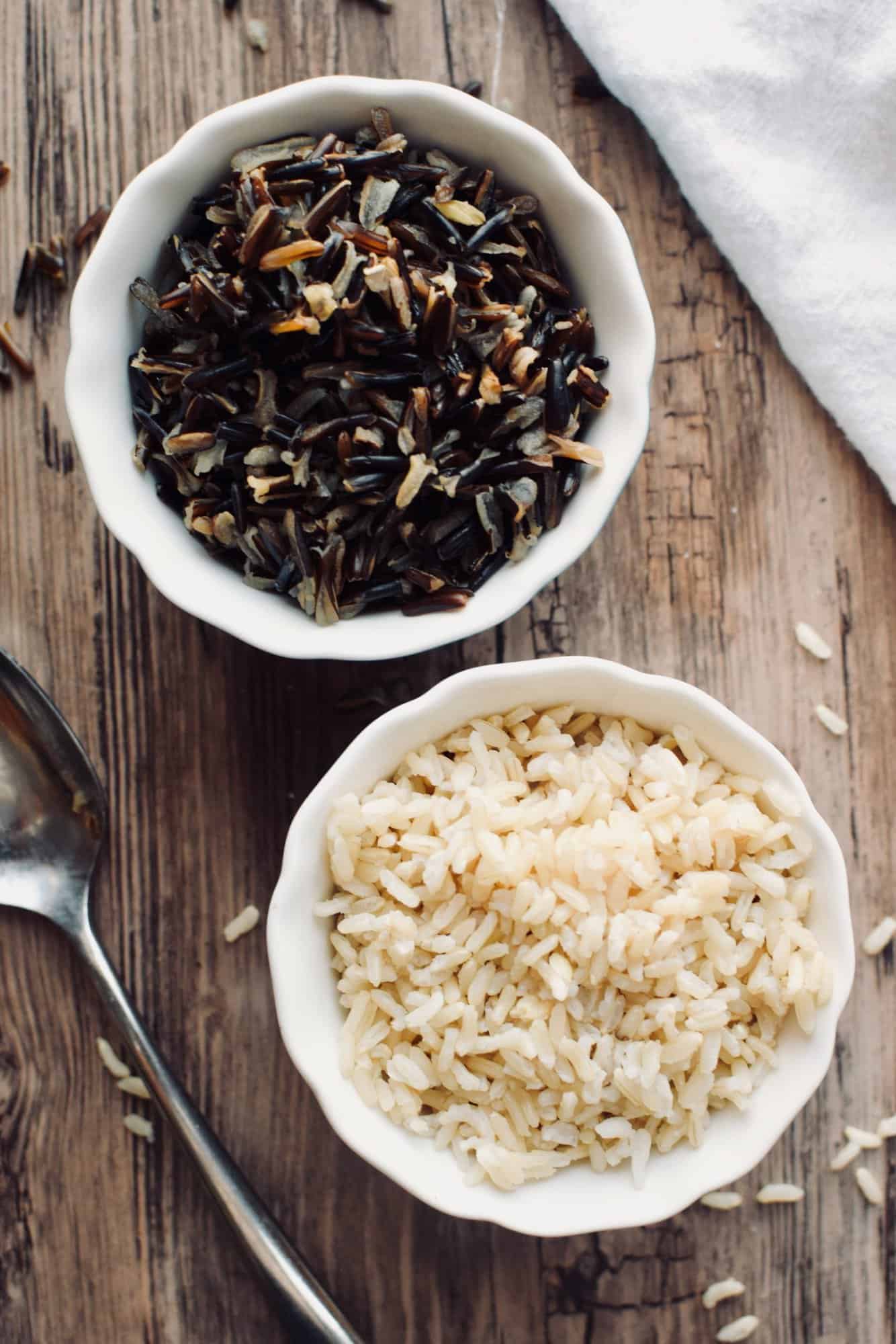
Wild rice, which is not a true rice but actually a type of grass seed, is known for its unique flavor and chewy texture. It is native to North America and has long been an important staple food for Native American tribes. Wild rice is rich in nutrients, including protein, fiber, and minerals like zinc and magnesium. It also contains antioxidants and is gluten-free, making it a great option for those with dietary restrictions. With its nutty and earthy taste, wild rice adds a delicious and nutritious element to various dishes such as salads, soups, and pilafs.
Wild Rice Health Benefits
Wild rice offers various health benefits due to its nutritional profile. It is a good source of protein, fiber, and essential minerals such as zinc and magnesium. The fiber content in wild rice promotes healthy digestion and helps in maintaining a healthy weight. The antioxidants present in wild rice can help protect against chronic diseases and boost the immune system. Additionally, wild rice has a low glycemic index, making it beneficial for managing blood sugar levels. Incorporating wild rice into a balanced diet can contribute to overall health and well-being.
Wild Rice Culinary Uses
Wild rice is a versatile ingredient with various culinary uses. Its unique earthy and nutty flavor adds depth to dishes and complements a wide range of ingredients. Some common culinary uses of wild rice include:
- Rice Pilafs: Wild rice can be used as a base for flavorful rice pilafs, combined with vegetables, herbs, and spices for a delicious side dish.
- Soups and Stews: The firm texture of wild rice makes it a perfect addition to hearty soups and stews, adding both flavor and texture.
- Stuffings: Wild rice can be used in stuffings for poultry or stuffed vegetables, providing a tasty and nutritious filling.
- Salads: Incorporate cooked wild rice into salads for added texture and a nutty taste. It pairs well with greens, vegetables, and dressing.
Including wild rice in these dishes not only enhances their flavor but also provides added nutritional benefits.
White Rice Processing And Varieties
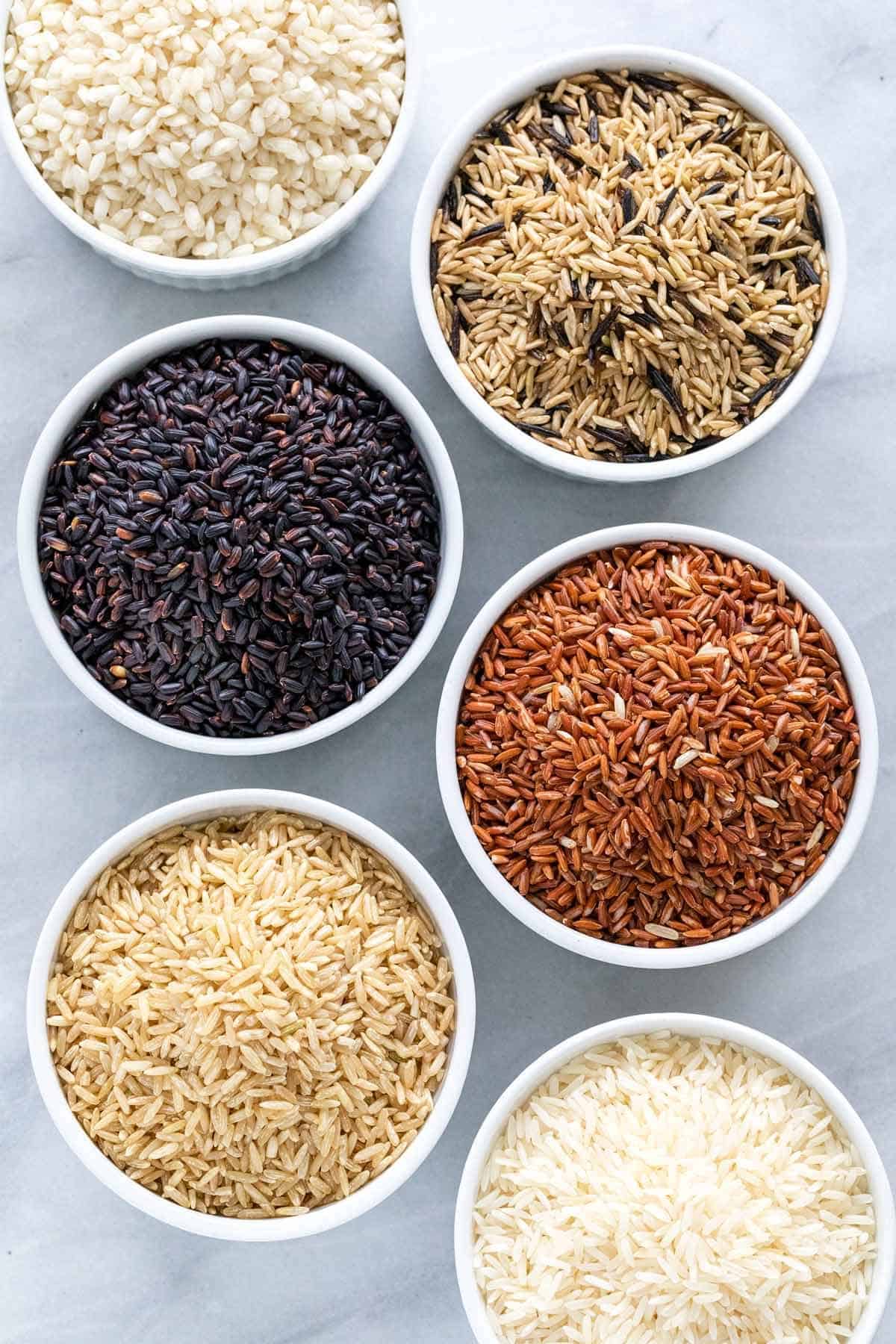
White rice undergoes a processing method that removes the outer husk, bran, and germ layers, resulting in a polished appearance. The processing helps to extend the shelf life of the rice and gives it a longer cooking time. There are several varieties of white rice available, including long-grain, medium-grain, and short-grain. Each variety has its unique characteristics, such as texture, flavor, and cooking method. Popular types of white rice include basmati, jasmine, arborio, and Valencia. These varieties can be used in a variety of dishes, from pilafs to sushi.
White Rice Types And Varieties
White rice comes in various types and varieties, each offering unique qualities and flavors. The most common types of white rice include long-grain, medium-grain, and short-grain.
Long-grain white rice is known for its slender shape and fluffy texture. It is often used in dishes like pilaf, stir-fries, and as a side dish.
Medium-grain white rice has a slightly sticky texture, making it ideal for sushi and other Asian dishes.
Short-grain white rice is round and plump, with a sticky texture when cooked. It is commonly used in risotto, paella, and rice pudding.
Other popular varieties of white rice include fragrant basmati rice, aromatic jasmine rice, creamy arborio rice (used in risotto), and the Spanish Valencia rice (used in paella).
Overall, white rice offers a wide range of types and varieties, allowing for versatility in different cuisines and dishes.
White Rice Vs. Brown Rice Comparison
When comparing white rice and brown rice, there are some key differences to consider. White rice is processed, with the bran and germ removed, while brown rice retains these nutritious parts. As a result, brown rice is higher in fiber, vitamins, and minerals compared to white rice. White rice has a milder taste and softer texture, while brown rice has a nuttier flavor and chewier texture. Brown rice takes longer to cook than white rice. In terms of glycemic index, brown rice ranks lower, making it a better choice for blood sugar control.
Wild Rice Harvesting And Varieties
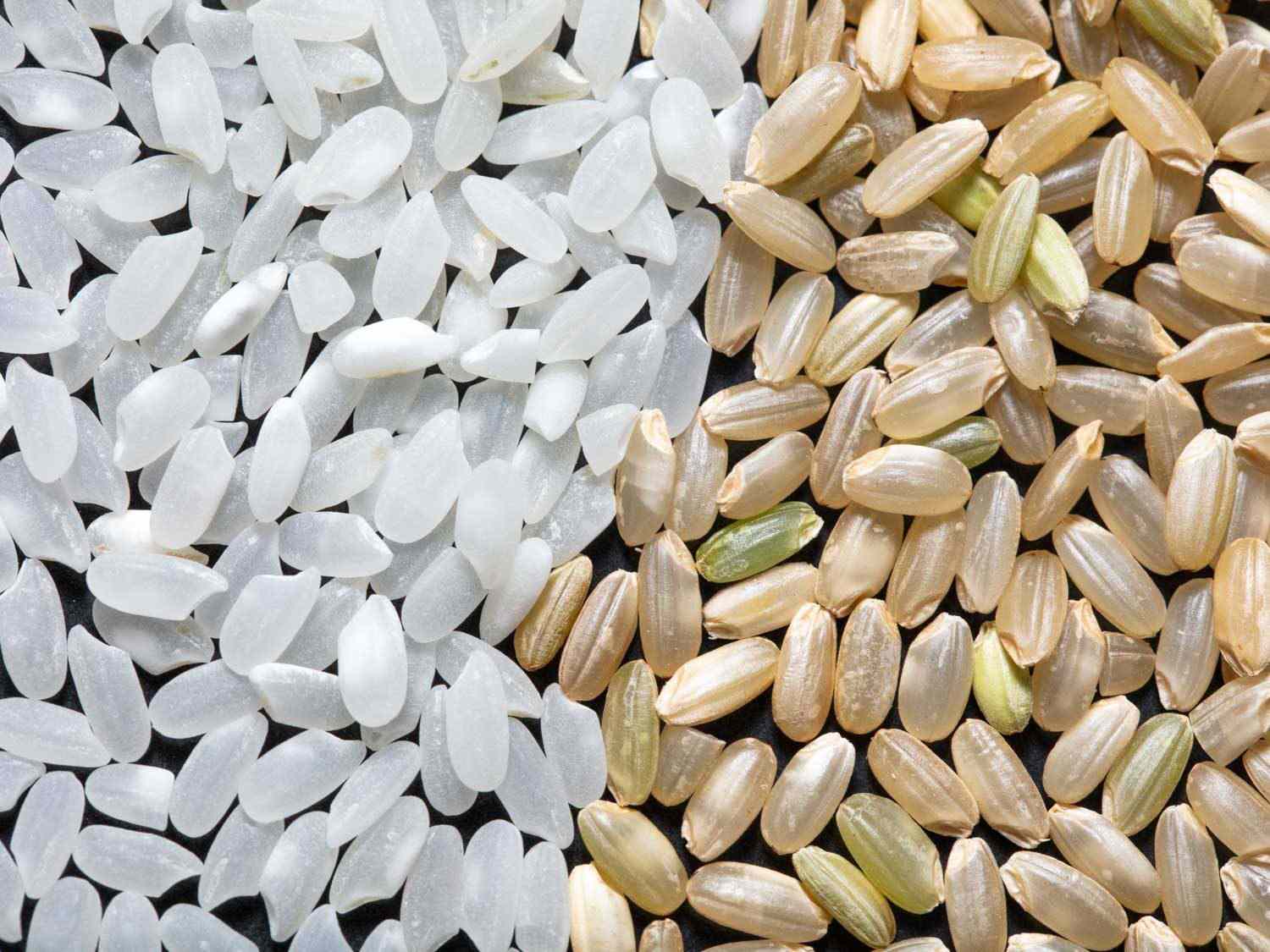
Wild rice is primarily harvested from freshwater lakes and rivers in North America, specifically in the Great Lakes region and in Minnesota. It grows naturally and is typically hand-harvested by Native American communities who have been cultivating wild rice for centuries. They use canoes to gather the ripe grains in late summer or early fall. As for varieties, there are different types of wild rice available, such as the long-grain wild rice and the cultivated wild rice. The long-grain variety is known for its distinct flavor and texture, while the cultivated variety is more commonly found in stores and has a milder taste.
Wild Rice Cultivation Methods
Wild rice is primarily cultivated in freshwater lakes and rivers in North America, particularly in the Great Lakes region and in Minnesota. Native American communities have been practicing traditional wild rice cultivation methods for centuries. They start by selecting suitable growing areas with shallow water and fertile soil. The rice seeds are then broadcasted by hand or planted in prepared beds in the water. Weed control is crucial during the growing season, and irrigation may be necessary during dry periods. Once the rice is fully grown, it is harvested by hand using canoes or small boats, ensuring a sustainable and environmentally friendly approach to cultivation.
Wild Rice Vs. Quinoa Comparison
When comparing wild rice and quinoa, there are key differences to consider. Wild rice has a bit more toothsome and chewy texture, while quinoa is light and fluffy. In terms of color, both wild rice and quinoa have black varieties that can add vibrant colors to dishes. Wild rice has an earthy flavor with a slight sweetness, while quinoa has a more neutral flavor. Additionally, quinoa is a grain and goes through a milling process, while wild rice is a type of grass seed. Overall, the choice between wild rice and quinoa depends on personal preferences and desired texture and flavor.
White Rice Vs. Wild Rice

When comparing white rice and wild rice, there are significant differences to consider. White rice is a highly processed grain that has been stripped of its bran and germ, resulting in a loss of nutrients and fiber. It is commonly used in Asian cuisine and has a softer texture when cooked. On the other hand, wild rice is a type of grass seed that is minimally processed, retaining its bran and germ. It is more nutritious than white rice, containing more protein, fiber, and essential minerals. Additionally, wild rice has a chewier texture and a slightly nutty flavor. Making a choice between white rice and wild rice depends on personal preferences and desired nutritional value.
White Rice Nutrients Vs. Wild Rice Nutrients
When comparing the nutrient profiles of white rice and wild rice, there are significant differences. White rice, being a refined grain, has lost much of its nutritional value during processing. It is low in fiber and lacks essential vitamins and minerals. On the other hand, wild rice is a whole grain that retains its bran and germ, providing more fiber, protein, and minerals like magnesium and phosphorus. It is also rich in antioxidants. Therefore, wild rice offers greater nutritional benefits compared to white rice.
White Rice Cooking Time Vs. Wild Rice Cooking Time
When it comes to cooking time, white rice and wild rice have significant differences. White rice is known for its quick cooking time, typically taking around 15-20 minutes. It absorbs water fairly quickly and becomes tender and fluffy. On the other hand, wild rice requires a longer cooking time due to its tougher outer layer. It usually takes about 45-60 minutes to cook until it reaches a chewy texture. It’s important to note that cooking times may vary depending on the specific type and brand of rice, so it’s always best to follow the package instructions for the most accurate cooking time.
Conclusion
https://www.youtube.com/watch?v=_cc0b3QPoGw&pp=ygUyV2hpdGUgUmljZSB2cyBXaWxkIFJpY2U6IENvbXBhcmluZyBHcmFpbiBWYXJpZXRpZXM%3D
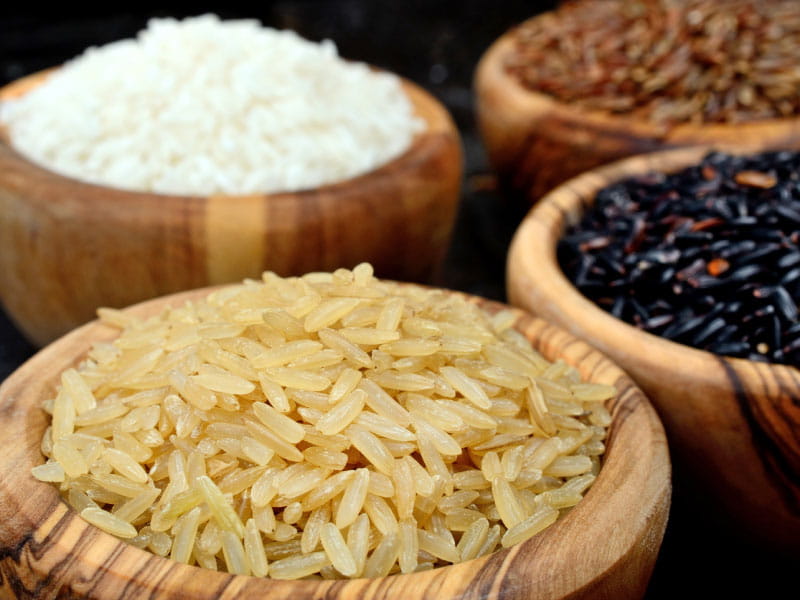
In conclusion, white rice and wild rice are two distinct varieties of grains with different nutritional profiles, cooking methods, and culinary uses. White rice is a versatile and quick-cooking option, while wild rice offers a nutty flavor and chewy texture. Choosing between the two depends on personal preference, dietary needs, and desired outcome in dishes. Both rice varieties can be enjoyed as part of a balanced diet and provide a good source of carbohydrates. Experimenting with flavors and incorporating these grains into your meals can bring diversity and satisfaction to your culinary experiences. Remember to consider health considerations and cooking tips to maximize the benefits of these rice varieties.
Summary Of White Rice And Wild Rice Differences
In summary, white rice and wild rice differ in various aspects. White rice is a versatile grain that is widely consumed and known for its neutral flavor and soft texture. It is lower in protein and fiber compared to wild rice. On the other hand, wild rice is a whole grain that offers a nutty flavor and chewy texture. It is higher in protein, fiber, and essential nutrients such as potassium and zinc. While both rice varieties can be enjoyed as part of a balanced diet, wild rice provides a more nutrient-dense option.
Health Considerations And Cooking Tips
When it comes to health considerations, it’s important to note that while white rice is a staple in many diets, it is significantly lower in nutrients compared to wild rice. To make the most of your rice dishes, consider the following tips:
- Portion control: Rice should be consumed in moderation as part of a balanced diet, especially if you’re watching your calorie intake.
- Pair with protein and vegetables: To create a well-rounded meal, combine rice with lean protein sources like chicken or fish, and incorporate a variety of colorful vegetables for added vitamins and minerals.
- Opt for whole grains: If you’re looking to boost your nutrient intake, consider substituting white rice with wild rice or other whole grain options like brown rice, quinoa, or barley.
- Experiment with seasonings: Enhance the flavor of your rice dishes by incorporating herbs, spices, and low-sodium sauces to reduce the need for excessive salt or unhealthy condiments.
- Mindful cooking methods: Avoid deep frying or using excessive oil when preparing rice. Opt for healthier cooking methods like steaming, boiling, or baking.
Remember, making small adjustments to your cooking and eating habits can go a long way in maintaining a nutritious and balanced diet.
FAQ About White Rice Vs Wild Rice: Comparing Grain Varieties
Q: What is the main difference between white rice and wild rice?
A: The main difference lies in their botanical classification. White rice is technically not a whole grain, while wild rice is a whole grain harvested from aquatic grass.
Q: Which rice variety is more nutritious, white rice, or wild rice?
A: Wild rice is considered more nutritious than white rice as it contains higher levels of protein, fiber, and several essential nutrients.
Q: Are there any significant taste differences between white rice and wild rice?
A: Yes, there are distinct taste differences. White rice has a milder flavor, while wild rice has a nuttier taste and chewier texture.
Q: Can both white rice and wild rice be part of a healthy diet?
A: Yes, both can be included in a healthy diet. However, wild rice is often recommended for its higher nutritional value.
Q: How do cooking methods differ between white rice and wild rice?
A: White rice is usually cooked by boiling or steaming, while wild rice requires more water and time to cook due to its chewier texture.

Marine Bay Restaurant received the International Food Culture Award 2019 as the Best Szechuan & Hunan Restaurant, enjoying a reputation in North America. Renowned for the tunnel, authentic, and cheap. Known as “Human Taste First Garden,” 2013 Vancouver culinary first book named “Best Chuan Xiang Outlets,” significant temperature and China Eastern Airlines designated outlets.